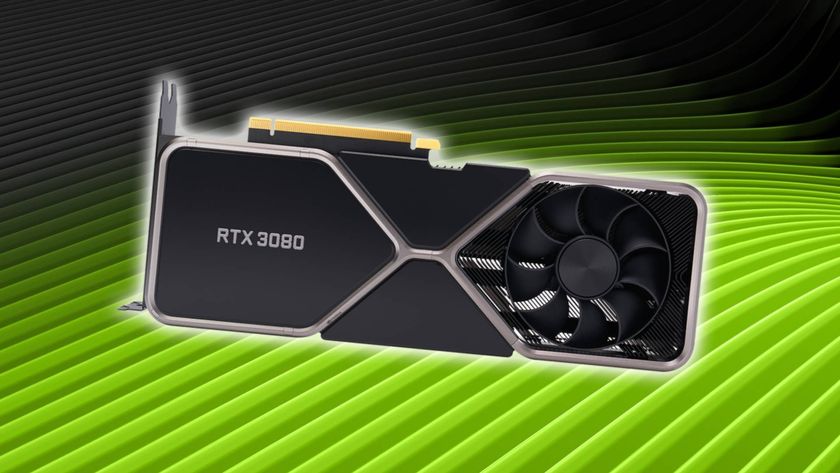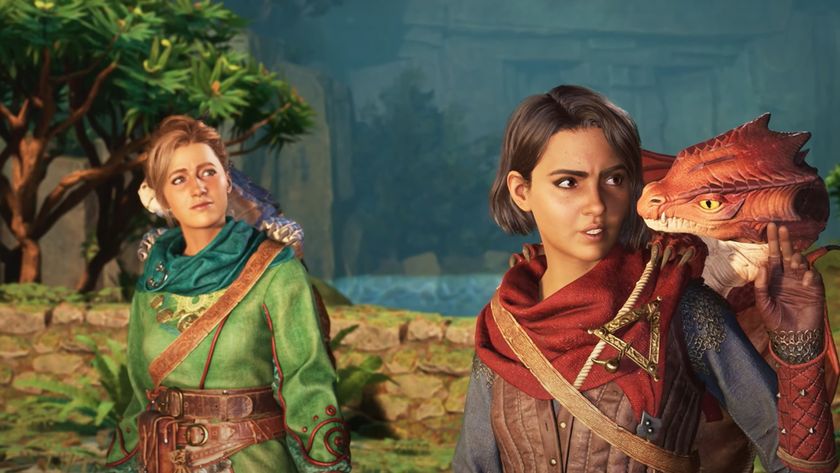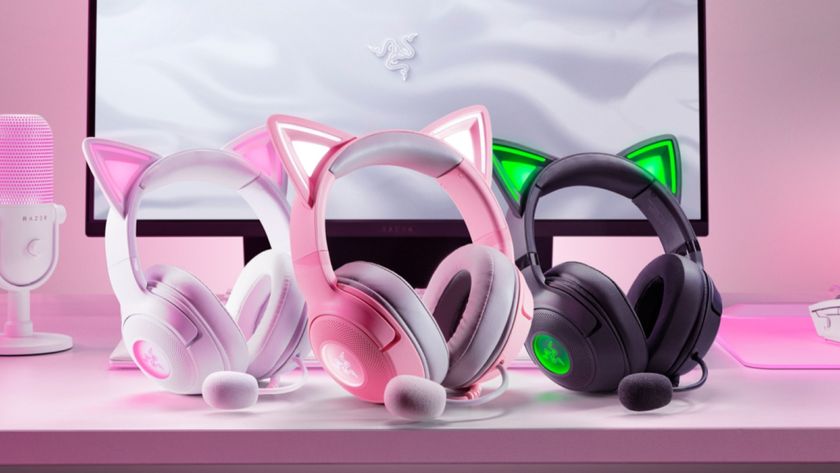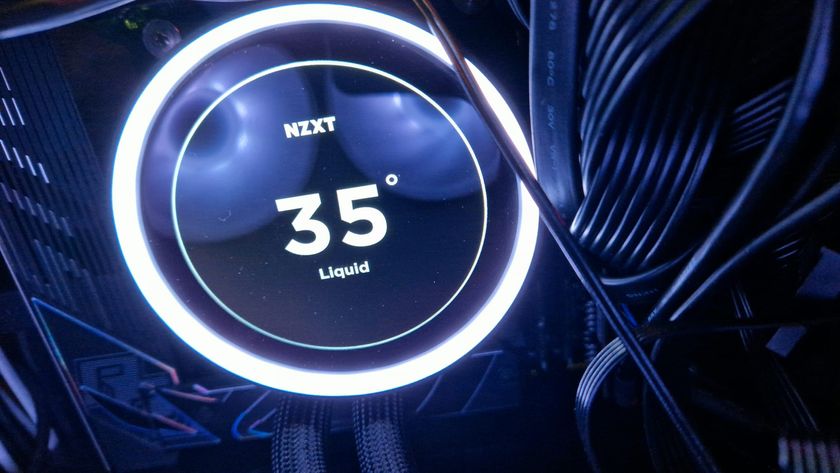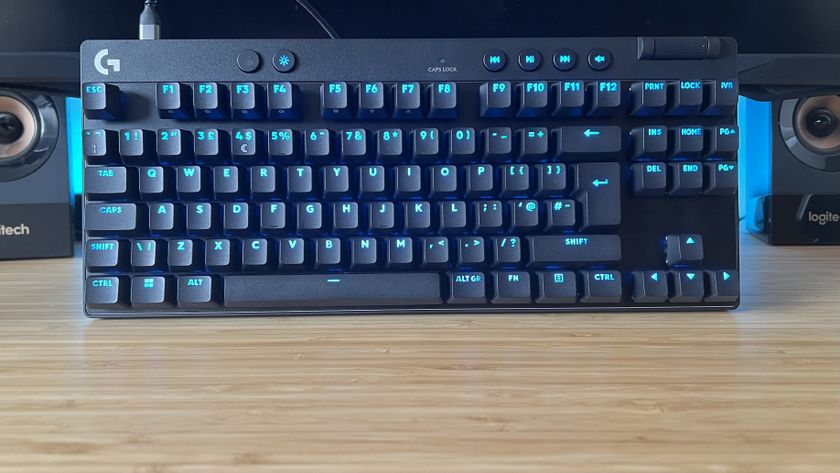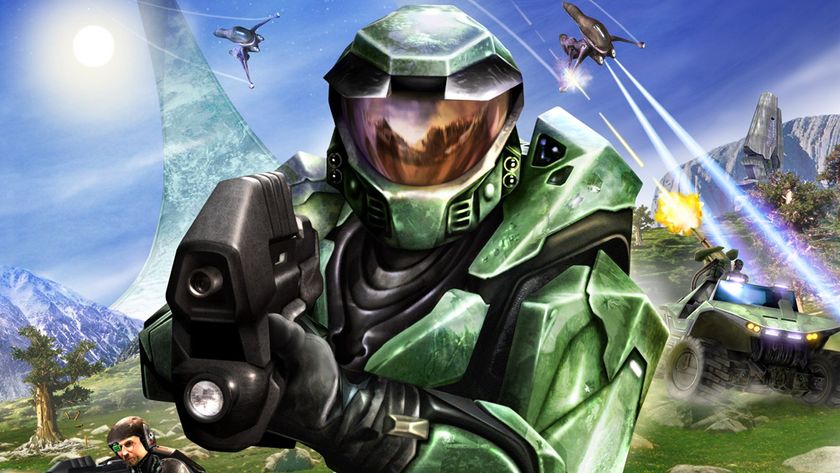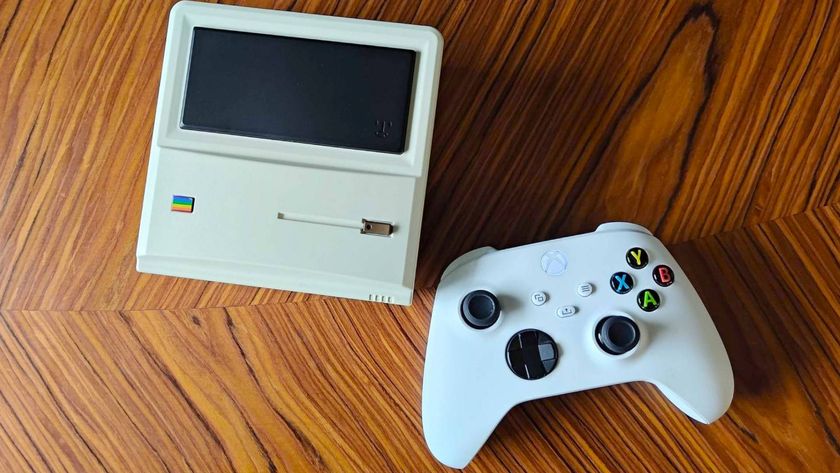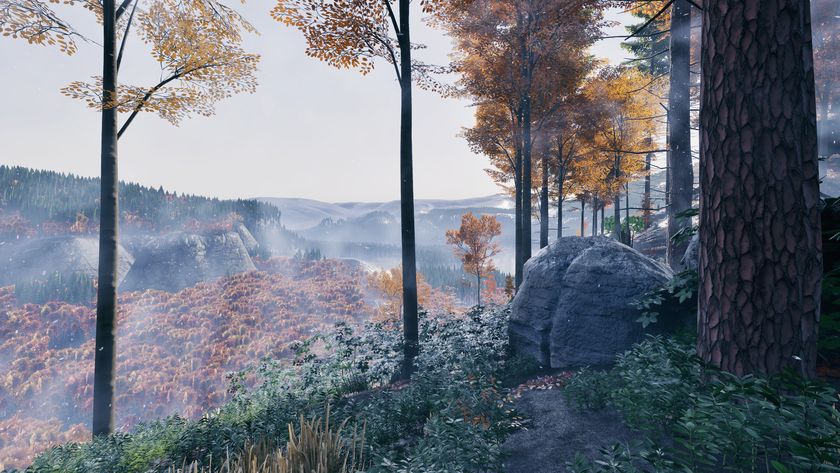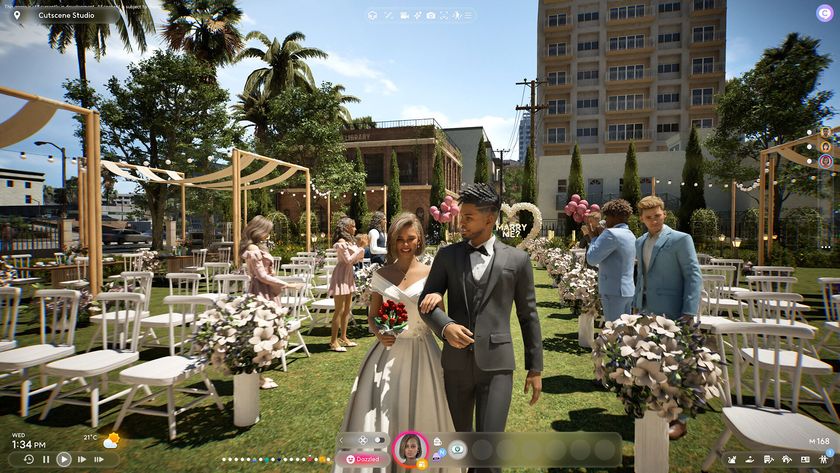Nvidia AI tools could add toxic NPCs to your PC games of the future
A slider for sass

Nvidia is all about AI at the moment, but its next project could help make NPCs in your favorite adventures more toxic. That’s thanks to a new custom toolkit that “aims to bring intelligence “to non-playable characters through AI-powered natural language interactions,” using an approachable interface. Simply put, developers will be able to instantly fill games with a bunch of walking red flags, and I’m slightly terrified at the prospect.
Unveiled at Gamescom, the customizable NPC tools are part of Nvidia ACE, the graphics card giant’s custom AI language model. In a press release, the company explains that LLM (large language models) are designed to only provide “ideal” responses, and there’s a distinct lack of emotion behind interactions. This is something you’ve probably noticed if you’ve ever tried to have a conversation with a chatbot, and it’s ultimately the thing that makes AI sound like an algorithm-fueled machine.
To combat this, and potentially turn non playable characters into absolute monsters, the newest interaction of ACE adds something called NeMo SteerLM, which allows personality attributes to be “quickly configured through simple sliders.” In a demonstration, Nvidia hooks up ‘Jin the ramen shop owner’ to its AI model and plays around with parameters using a sidebar. While options cover a spectrum of emotive traits, including humor and creativity, it’s hard not to think about the toxicity slider and how it transforms Jin into a nasty piece of work.
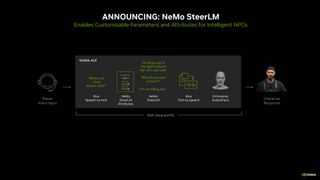
The above flowchart helps outline exactly how NeMo SteerLM works from start to finish, covering the journey of an AI generated response to your voice input. Effectively, the whole setup uses selected attributes to determine an specific response based on NPC personality, with the last stage using ‘Omniverse Audio2Face’ to paint an appropriate expression.
During a briefing, Nvidia did specify that ACE is designed to compliment voice acting in video games, rather than replace it. It’s hard to imagine how implementing both would work in practice, and it’s perhaps something that would change the dynamics of character conversations in general.
Still, I’m hoping that developers choose to crank toxicity down low for the most part when using this tool, as I’m not sure my sensitive wee head can handle snarky replies and blunt responses outside of reality. Then again, perhaps using the slider against Asterion in Baldur's Gate 3 is the key to gaining his affection, rather than being constantly blasted with waves of sarcasm.
If you’re more interested in the GPU endeavors rather than AI antics, you’ll be pleased to know that Nvidia also just announced DLSS 3.5. The newest version of the AI upscaling tool aims to address some of the caveats associated with full ray tracing, and you’ll be able to harness the benefits in both Alan Wake 2 and Cyberpunk 2077: Phantom Liberty. Best of all, it’ll work with all RTX graphics cards rather than just the RTX 4090 and its kin, so it could be a good excuse to upgrade your PC.
Sign up to the 12DOVE Newsletter
Weekly digests, tales from the communities you love, and more
Looking for a new rig? Check out the best Alienware gaming PCs and upgrade to an out of this world Aurora. Alternatively, take a peek at the best gaming laptops for something more portable.

I’ve been messing around with PCs, video game consoles, and tech since before I could speak. Don’t get me wrong, I kickstarted my relationship with technology by jamming a Hot Wheels double-decker bus into my parent’s VCR, but we all have to start somewhere. I even somehow managed to become a walking, talking buyer’s guide at my teenage supermarket job, which helped me accept my career fate. So, rather than try to realise my musician dreams, or see out my University degree, I started running my own retro pop culture site and writing about video games and tech for the likes of TechRadar, The Daily Star, and the BBC before eventually ending up with a job covering graphics card shenanigans at PCGamesN. Now, I’m your friendly neighbourhood Hardware Editor at GamesRadar, and it’s my job to make sure you can kick butt in all your favourite games using the best gaming hardware, whether you’re a sucker for handhelds like the Steam Deck and Nintendo Switch or a hardcore gaming PC enthusiast.



